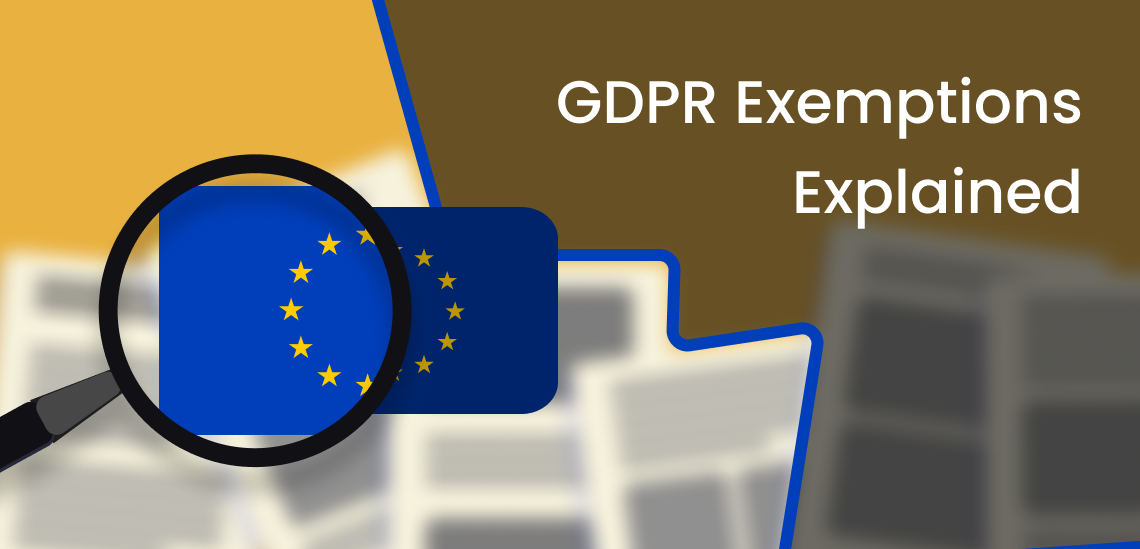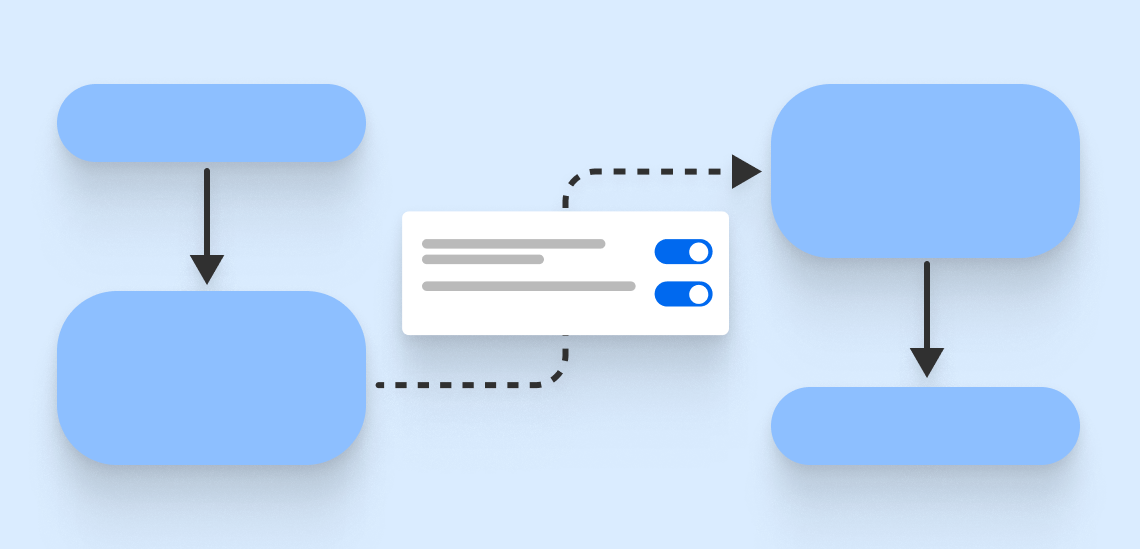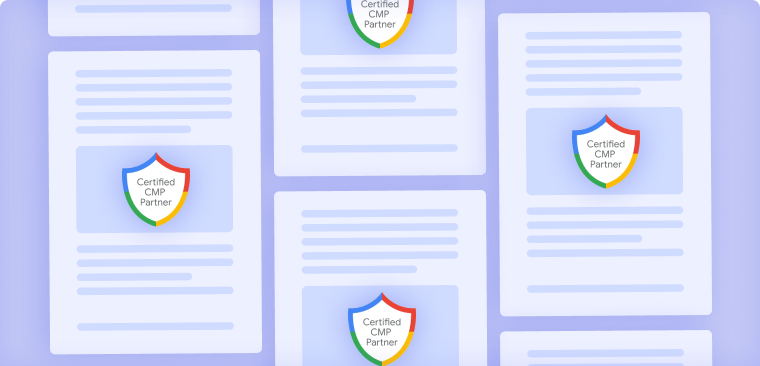Why Consent Isn’t a One-Time Action (And How to Reflect That in Your UX)
June 16, 2025
•
4 min read
Table of contents
back
to the top
Why Consent Isn’t a One-Time Action (And How to Reflect That in Your UX)
You’ve collected user consent. Great! You’re done, right?
Not exactly.
Under the GDPR, consent isn’t a box you tick once and forget. It’s an ongoing agreement between your brand and your users — and your UX should reflect that.
Unfortunately, many websites treat consent as a one-time checkpoint instead of what it really is: a dynamic, user-controlled lifecycle. That’s not just a missed opportunity for trust; it’s also a risk for non-compliance.
In this post, we’ll explain:
- What dynamic consent means
- Why ongoing consent is required under the GDPR
- How your Consent Management Platform (CMP) should support the consent lifecycle through thoughtful UX

What Is Dynamic Consent?
Dynamic consent is the idea that users’ choices about their personal data can evolve — and should be easy to revisit.
The GDPR makes it clear: consent must be:
“freely given, specific, informed and unambiguous”
and it must be as easy to withdraw as it is to give.
That means your CMP UX should:
- Allow users to update their consent preferences at any time
- Clearly explain how to do so
- Make the process fast, frictionless, and respectful
If your site only asks for consent once, at the first visit, and hides it after that? You’re not supporting dynamic consent — and you’re not GDPR compliant.
Why Ongoing Consent Matters
Here’s why one-time consent doesn’t cut it:
1. User Preferences Change
Today’s user may be fine with marketing cookies. Tomorrow, they might not be. Your system should respect that and make it easy to adapt.
2. Your Data Practices May Change
New tools? New tracking scripts? New vendors? Any of these can change the scope of what users originally agreed to — which means you may need to re-prompt for consent.
3. Consent Must Be Easy to Withdraw
The GDPR says withdrawing consent must be “as easy” as giving it. If your “Manage Preferences” link is buried in your privacy policy, that’s not good enough.
What CMP UX Should Support the Consent Lifecycle?
If your CMP is only designed for the first interaction, it’s failing to manage the full user consent lifecycle.
Here’s what a good UX should include:
✅ Persistent Consent Controls
Users should always have easy access to update their settings — ideally through a clearly visible “Privacy Settings” or “Cookie Preferences” link in the footer or menu.
✅ Consent Dashboards
Let users see and modify their preferences, including granular choices (analytics, marketing, etc.) in a way that feels transparent and trustworthy.
✅ Re-Prompting When Things Change
If you update your cookie categories, add new third-party scripts, or modify your data collection policy, users should be prompted again.
✅ Consent Logs That Reflect Change
Your CMP should log when and how each user gave or changed consent and store this data securely for audit readiness.
Final Takeaway
In today’s privacy-first world, static consent is outdated. User consent is ongoing — and your UX should treat it that way.
By embracing dynamic consent, you’re not just staying GDPR-compliant — you’re also building a relationship with your users based on transparency, control, and respect.
Because real privacy isn’t a pop-up — it’s a practice.
Sources
Explore further

GDPR Exemptions Explained: When You Don’t Need to Comply
Learn seven GDPR exemptions — when the law doesn't apply or is limited, with practical examples to help businesses spot compliance gaps and avoid unnecessary costs.
August 17, 2025
3 min

The Role of Data Protection Officers (DPOs) in GDPR Compliance
In today’s digital landscape, protecting personal data has become a vital concern for organisations.
September 16, 2024
4 min

GDPR and Data Storage: What’s the Right Retention Period
Guide to GDPR data retention: set purpose-based retention periods, document ROPA, delete/anonymize when no longer needed, and reduce legal & security risk.
October 24, 2025
4 min


